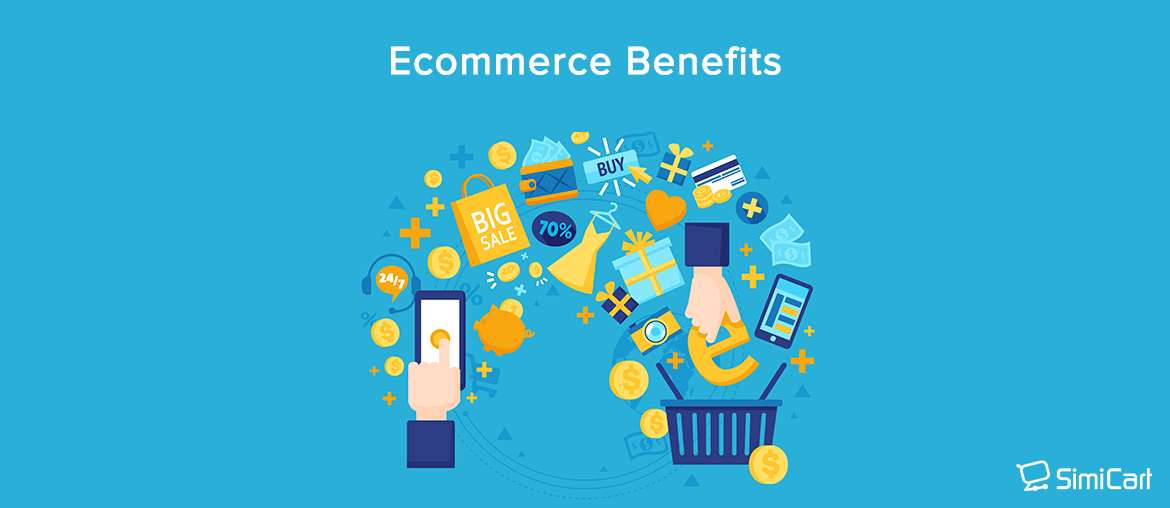Table of contents
For the past two decades, customers have changed their way of shopping drastically. And businesses have a lot on hand to catch up and keep themselves competitive. One of the biggest trends in the market is shopping online. Thus, the eCommerce industry has expanded vigorously. In 2022, e-retail revenues are projected to grow to 5.4 trillion US dollars.
Added to the emerging trend are the impacts of the unprecedented covid19 pandemic. And eCommerce is growing even faster than projected as many people are forced to stay home. According to Statista, retail websites generated almost 22 billion visits in June 2020, up from 16.07 billion global visits in January 2020.
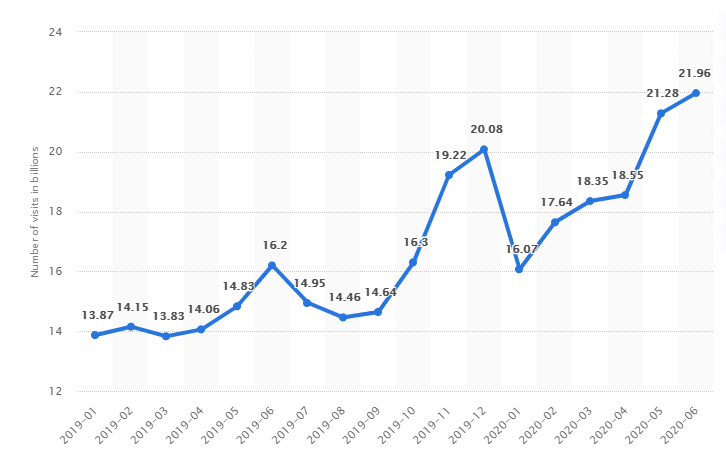
What is eCommerce?
Ecommerce can be defined as the buying and selling of goods and services online. Ecommerce is preferred as it offers capabilities for many types of businesses, from independent sellers, freelancers to mid and large enterprises.
The obvious advantage of eCommerce is letting a business operate without a geographic limit. But there is more to add to that. We have compiled a list of eCommerce benefits that you should know.
Top eCommerce benefits for businesses
1. Sell without borders
Location is often one of the biggest drawbacks of running a brick-and-mortar store, but that isn’t the case with an eCommerce business. You can even run your business from home and sell to shoppers somewhere across the globe. The limits for selling with an eCommerce store would be your resources and your intentions for how big you want to expand.
2. Start with lower cost
Ecommerce helps you to avoid the large, upfront investments of operating traditional stores, such as rent, design, inventory,.. to name a few. Ecommerce businesses can avoid most of these costs when running a retail website. The time for setup is commonly shorter for an eCommerce website as well.
Of course, it’s not free to start an eCommerce store. The upfront costs for an online business would be web hosting, eCommerce software, and a domain name, those are the bare minimum. If your store is small, you can run it all by yourself.
You also need to have the bases like taxes and laws covered (usually by hiring a lawyer) and pay for activities like marketing. But the total expenses for implementing all these activities still cost far less than for a physical store.
3. Access to a wider customer base
Thanks to the growth of eCommerce, you can now sell to more customers via different methods. Selling online can be processed through different channels – a website, a mobile app, marketplaces like Amazon and eBay, or social media like Facebook Marketplace and Instagram Shoppable Ads.
You can now reach out to new customers without waiting for them to visit your store like the traditional way.
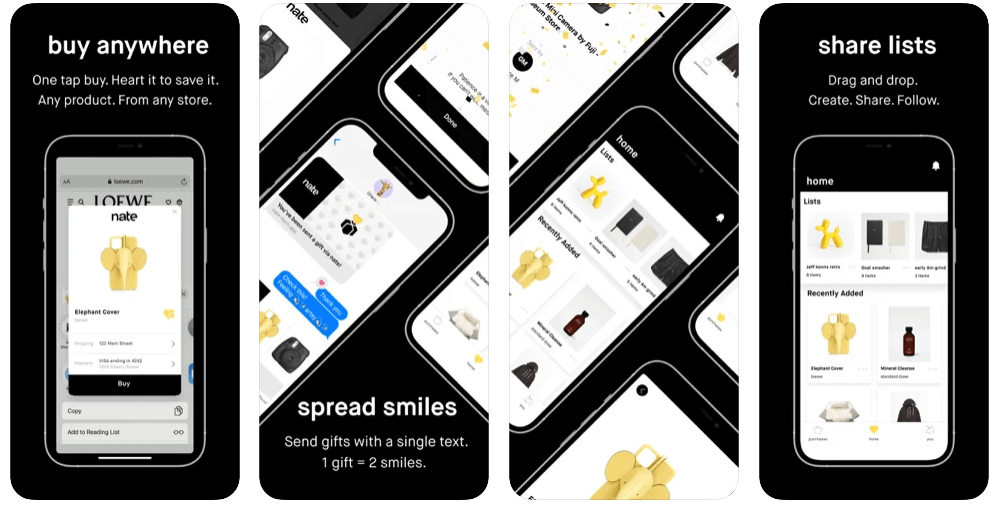
4. Available around the clock
How many hours a day a store usually opens? For a brick-and-mortar store, their close time may equal the loss of some customers. Yet that’s not an issue with eCommerce businesses. A customer can go to an online shop, purchase a product and have the order processed quickly, regardless of the time. Online shops can have their items purchased at 1 AM or 10 PM, and all the orders are recorded in their system automatically. This reduces the case of losing customers for businesses.
5. Space for product showcase
With a product page, you can input as much information about your product as you like. Moreover, online websites have plenty of space to showcase product diversity, from colors to details, sizes, materials, all of which are quite challenging to execute for physical stores.
Not only that, eCommerce businesses can share products on their social media, where customers may find inspiration from other buyers and feel more connected to a brand.

6. Shop for convenience
Customers shop online for the main reason of convenience. So it’s crucial that businesses can offer a seamless shopping experience through their website. This covers many aspects when a person reacts with an eCommerce website – whether it’s easy for them to find a product or information, interact with page elements, compare items and checkout. With the rich features of current eCommerce platforms, businesses are able to satisfy their customers as long as they have a well-structured website.
The growth of online shopping also paves the way for m-commerce, when customers can shop right on their phones. Marketers predict that by 2021, m-commerce’s share in eCommerce will reach 72.9% globally. Shops that allow buyers to shop on multiple devices can achieve higher sales.
7. Personalized customer service
A survey conducted by Epsilon shows that 80% of customers likely to purchase from a business if they can provide personalized service, and 90% find personalized messages appealing. Those who show interest in personalization also have a higher tendency to be the brand’s most valuable customers. These results show how much offering personalized customer service can aid to accelerate a brand’s sales and reputation.
Some common types of personalization including discounts/promotions, loyalty programs, customized communications, or recommendations.

8. Customer insights
If you want to focus on enhancing customer experience, you need to first be able to collect data and understand it. Online selling makes it much easier to track customer interactions and analyze them.
There are plenty of tools available for data analytics, such as Google Analytics, KISSmetrics, Crazy Egg, etc. Some information you can collect for analytics including a customer’s age, gender, location, occupation, interests, and also how they interact with your website. Analytics tools will conduct reports for useful insights and you will know which aspects can be improved.
9. Targeted marketing
Digital marketing allows eCommerce businesses to reach a broader range of customers, and focus on the characteristics of each group at the same time. By understanding who your customers are, you can offer products that would interest them the most. For example, a business selling sports equipment wants to push its bike sales. They can set up their bike ads to appear only in front of those who are looking to purchase one.
Ready to start your eCommerce business?
SimiCommerce is a ready-made eCommerce solution that aims to provide an easy, quick and affordable way for retailers to go online.
Some tips for starting a business online
Choose the right platform
Picking the right platform for your business is one of the first decisions you’ll need to make. A robust platform would enhance your website performance to engage customers. Magento, Shopify, WooCommerce are some of the most popular eCommerce platforms. They offer varied plans to suit different business types.
Highlight your products
Images and videos are great ways to enhance your products. One of the issues of shopping online is customers can’t physically touch the product, so you need to eliminate the inconvenience with proof. Other than images and videos, try including important details such as item materials, sources, sizes, colors, ingredients, … on your product pages.
Omnichannel marketing
You can reach out to customers via omnichannel marketing to create a consistent brand experience. For instance, a person signed up with their email, added an item and left without purchasing. Later, the person can receive an email reminding them of the product and come back to check on it.
An omnichannel marketing strategy will be the most effective when using three or more channels. Research points out that marketers using three channels or more in their campaigns earned 18.96% engagement, compared to only 5.4% of those using single-channel. Also, campaigns using three channels or more earned a 250% higher purchase rate.
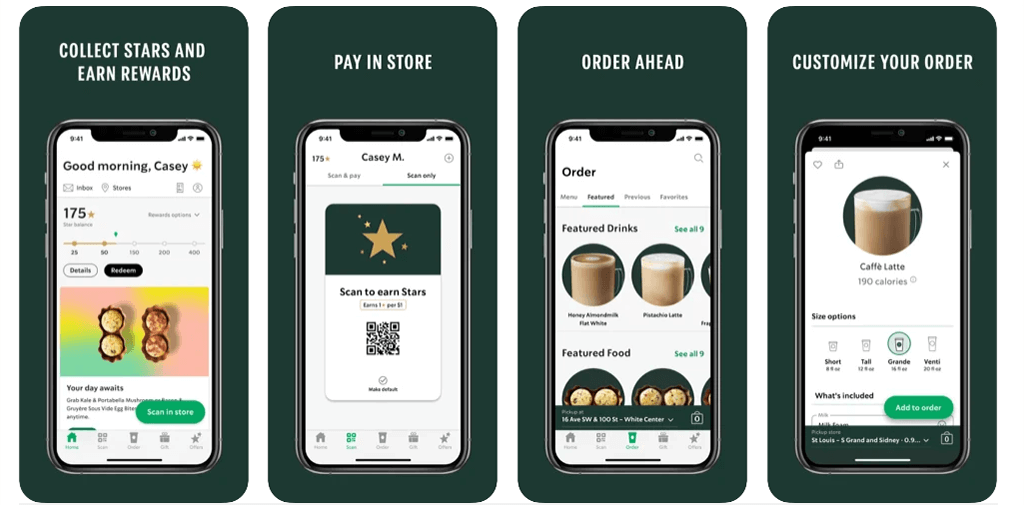
Monitor your data regularly
Depending on the kind of data, you should check on them regularly. This can be daily, weekly or monthly. This advice may seem obvious, but many businesses are not doing enough data tracking and analytics.
Offer extra benefits for customers
As mentioned above, customers shop online for its convenience. And they would appreciate it if you can offer extra benefits such as free shipping, limited time offers, or clear return and refund policies for online purchases. 49% of US customers answered in a survey they abandoned the cart because of the high extra costs.
Streamlined checkout process
You don’t want customers to fill their carts with many items and abandon them at the last moment. But many stores don’t know the main cause of this issue may be due to their complicated checkout process. According to Baymard, 24% of US customers abandon their carts because they were asked to create an account, and 18% left because of the long checkout process.
Simplifying the entire process with one-page checkout or even one-click checkout is now the way to go for online shops. And the simple process has proven to be popular with customers, especially those who shop on their phones. You can create a quick checkout process for your online store to make it easier for people to pay. With platforms like Magento and Bigcommerce, the one-page checkout function is already enabled by default.
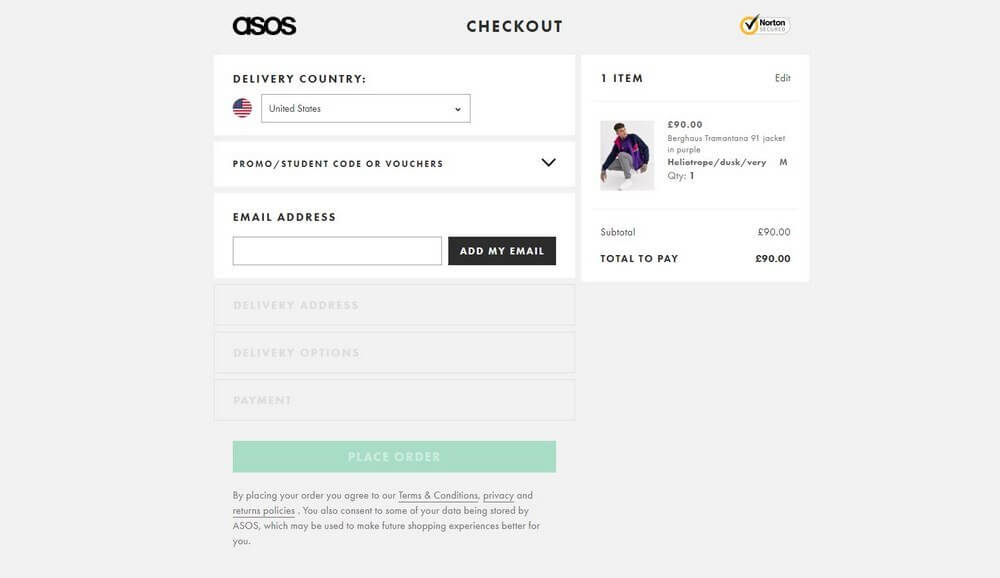
Wrap Up
Overall, for entrepreneurs, starting an online business is likely to be less risky, require fewer resources and their shop can be up and running in a much shorter amount of time. Still, managing an eCommerce business involves all parts of operating any type of business – work, planning and a learning curve.
And although selling online is certainly the way forward, that’s not to say brick-and-mortar businesses are going to disappear soon. If you’re running a store, you can take advantage of eCommerce to embrace a hybrid strategy – letting your customers shop online and in-store. If implemented correctly, the hybrid approach can be just as rewarding for your business.

